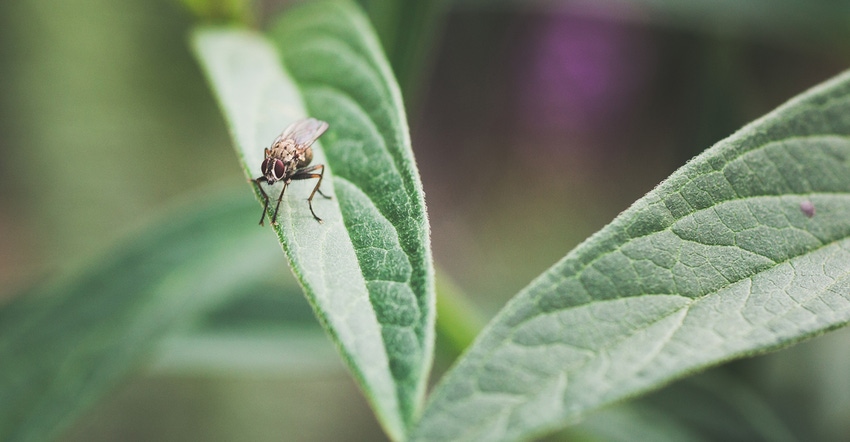June 23, 2020

The U.S. EPA recently announced winners of the 2020 Green Chemistry Challenge Awards. Green chemistry is the design of chemical products and processes that reduce or eliminate the generation and use of hazardous substances.
This year’s winners were noted as having developed new and innovative green chemistry technologies that turn potential environmental challenges into business opportunities, spurring innovation and economic development.
“We congratulate these industrial pioneers and leading scientists on their remarkable technologies,” said Alexandra Dapolito Dunn, EPA Office of Chemical Safety and Pollution Prevention assistant administrator. “These innovations will help American businesses by reducing costs and opening up new markets for more environmentally friendly products and services.”
Michigan winners
Vestaron of Kalamazoo was honored for producing a new biopesticide called Spear. This pesticide is based on a naturally occurring component inspired by spider venom that can effectively control target pests while showing no adverse effects on people, the environment, and nontarget wildlife such as fish and bees. Spear should provide growers with a new pest management tool that also lessens environmental impacts.
Spear bioinsecticide is available in two products, Spear-T for contact control of smaller, soft-bodied insects and Spear-Lep for control of lepidopteran larvae in high-value field crops. It is the first line of insecticides using the new chemical class of cysteine rich peptides.
Vestaron has surmounted three key hurdles that hindered previous efforts in peptide insecticide development: development of cost-efficient manufacturing, formulation for oral availability in pests, and EPA regulatory approval.
Spear operates by a new mode of action, recognized by a scientific panel with a new neuromuscular IRAC code (Group 32), that immediately addresses insecticide resistance to current synthetic insecticides. The peptide is active against a broad range of insect orders, including Diptera, Coleoptera, Lepidoptera and Orthoptera.
Professor Steven Skerlos, of the University of Michigan and Fusion Coolant Systems, was awarded for creating Pure-Cut, an alternative to traditional metalworking fluids that uses high-pressure carbon dioxide instead of oil-based lubricants. Pure-Cut can improve performance and machining tool life span compared to traditional metalworking fluids, while greatly reducing hazards to the environment and worker health.
Other winners
Genomatica of San Diego was honored for creating Brontide, a new brand of 1,3-butylene glycol, commonly used in cosmetics for moisture retention and as a carrier for plant extracts.
Merck of Rahway, N.J., was awarded for improving the process used to produce certain antiviral drugs used for the treatment of diseases, including hepatitis C and HIV.
Johns Manville of Littleton, Colo., was honored for developing a biobased, formaldehyde-free thermoset binder for fiberglass reinforcement applications.
EPA plans to recognize the winners at a ceremony in Washington, D.C., later this year. This year’s awards have special meaning because it’s also the 30th anniversary of the Pollution Prevention Act, which focuses industry, government and public attention on reducing the amount of pollution through cost-effective changes in production, operation and raw materials use.
Green chemistry and pollution prevention work hand-in-hand to stop pollution at its source, resulting in less waste, economic growth and protection of public health.
During the 24 years of the program, EPA and the American Chemical Society, which co-sponsor the awards, have received more than 1,600 nominations and presented awards to more than 120 technologies that decrease hazardous chemicals and resources, reduce costs, protect public health, and spur economic growth. Winning technologies are responsible for annually reducing the use or generation of hundreds of millions of pounds of hazardous chemicals and saving billions of gallons of water and trillions of BTUs in energy.
An independent panel of technical experts convened by the American Chemical Society Green Chemistry Institute formally judged the 2020 submissions and made recommendations to EPA for the 2020 winners.
For more information, visit epa.gov/greenchemistry.
Source: EPA, which is solely responsible for the information provided and is wholly owned by the source. Informa Business Media and all its subsidiaries are not responsible for any of the content contained in this information asset.
You May Also Like




